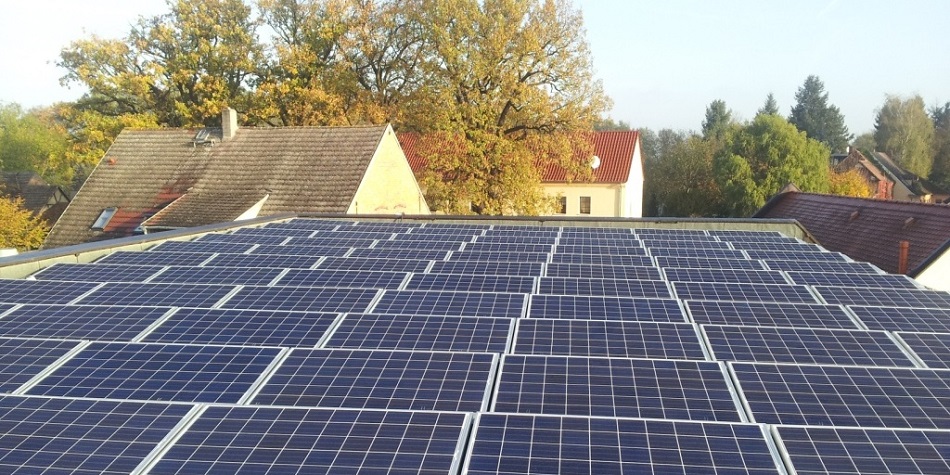Irrespective of the size, the EU budget must serve higher climate ambition
EU leaders hold today a special European Council meeting where they will discuss and maybe agree on the size and structure of the EU budget for the period 2021-2027. Regardless of the size, current proposals for the EU budget of the next decade fall short of ambitious climate action.
20 February 2020

Photo: loburg_2 (CC BY-SA 2.0)
The objective of the European Green Deal to make the European economy climate-neutral requires bold public financial support that spurs climate action in the EU. The Sustainable Europe Investment Plan, including the Just Transition Mechanism, will provide targeted finance to Europe’s most vulnerable regions in their move to clean energy.
However, the entire EU budget has the potential to boost the energy transition, only if climate neutrality is at the heart of each spending plan and if a bigger slice of the pie goes to the decarbonisation of the energy, transport, housing, and farming sectors. This has to go hand-in-hand with the exclusion of fossil fuels from all EU funding.
The current proposal to increase the share of the future EU budget for climate action from 20% to 25% represents a marginal increase that still falls short of the climate neutrality objective EU leaders adopted in December last year. An ambitious spending target of at least 40% is needed to support the decarbonisation of all sectors of the economy.
The Just Transition Mechanism is a welcome completion of existing EU funding sources, but the real firepower lays in EU funding for the regions – Cohesion Policy – which has great, though currently untapped potential in helping Europe’s fossil fuel-dependent regions switch to a zero-carbon economy. A strong focus of Cohesion Policy on catalysing the transition towards climate neutrality, which is currently challenged by countries benefiting the most (the so-called “Friends of Cohesion”), must be ensured.
The European Parliament, Commission, and Council are still negotiating where the money of EU funds, Common Agricultural Policy and Cohesion Policy in particular, will go. The exclusion of fossil fuels will be a key step for the EU to show consistency between its Green Deal and the budgetary decisions.
Markus Trilling, finance and subsidies policy coordinator at Climate Action Network (CAN) Europe said:
“The money is there, but not yet the political will to spend it wisely. The EU budget must catalyse changes that will benefit citizens and the environment. The current budget proposals are not in line with the European Green Deal promises, as if EU leaders turned a blind eye on the implications for the budget of the climate neutrality goal that they committed to last December. They must urgently connect the dots between climate ambition and how the EU money can better serve that ambition.”
Raphael Hanoteaux, EU policy officer for CEE Bankwatch Network, said:
“EU leaders must focus on the quality – not the quantity – of budget spending. Debates over the size of the pot miss the mark, because effective spending means no money wasted on obsolete fossil fuels while giving priority to investments for action to curtail climate change.”
Note to editors: the link to the livestream of the press conference “An EU Budget fit for the European Green Deal?”, Tuesday 18 February, is accessible here
Never miss an update
We expose the risks of international public finance and bring critical updates from the ground – straight to your inbox.
